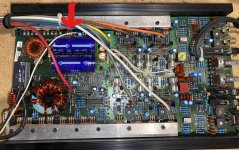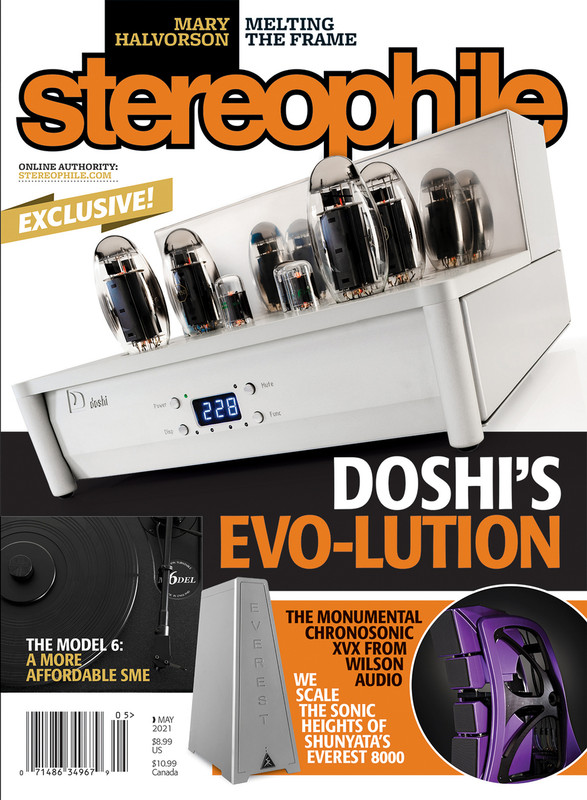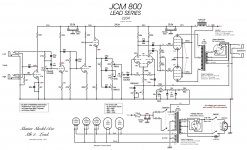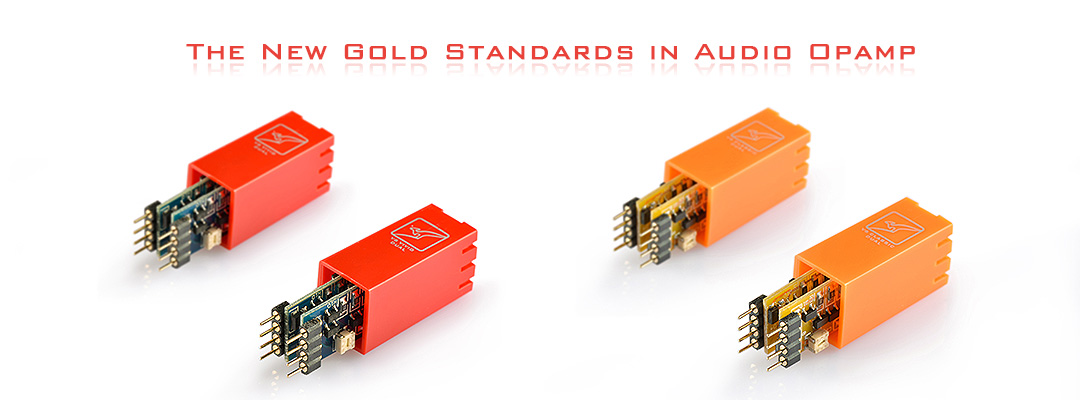I know this has been discussed to death, and the goal to build i a real full neutral studio monitor is a very high goal. But as i'm looking for something to make my radio broadcasts and amateur music mixing a bit better, i was looking arround in the studio monitor market and heared a lot of very bad cheap monitors. Good monitors exist off course but they all kost an arm and a leg. But the ones i can afford (<1K) are less revealing and translating well than my Mark Audio Alpair 10.3 reflex i use now so not worth the investment.
So i thought i may do better by try to build something myself than those cheaper ones i can afford. And even if i fail, the journey to get there will learn me a lot. I did build quiet a few not so neutral but good sounding fullrange speakers (at least to my opinion) and did study the subject for years. I did hear some very good kits like the Tango MT (owned by a friend) that are more like what i try to reach. I'm also inspired by that one, but as that tweeter is unavaileble, i had to change the plan. And no, i don't want to build a kit, the designing is half the fun and learns me something, kit's don't do that anymore.
I'm going to keep that Dayton RS180-4 driver and pair it with the exellent SB26ADC tweeter in a 2 way reflex. A waveguide could give it a broader and flatter dispertion, but i don't need that as i'm mixing in the box and i'm always at the same spot (in my chair on my desk). So i need a speaker that is relative flat on axis an go low enough to fit most music without a sub. Adding a waveguide would complicate this build for me a lot as i don't have the tools nor the skills to make one.
The plan i made is a 30L reflex tuned to 32Hz F3 wit a front slot port. It will be build in 18mm birch plywood. Crossover will be passive for the moment as good dsp chips and so are out of stock or way to expensive at the moment. I may convert it to active later on when that issue is resolved. The crossover in the plan is a starting point, calculated and simmed with regards to the alignment of the drivers and the offset of the woofer and so but based on published graphs. I'm going to measure off course when the cabinet is build and the drivers are mounted and adjust the crossover (but i needed a starting point and a check if the drivers can meet). BSC is not included as the speakers will be against a stone wall (which is not perfect, but that is what i have to deal with) that will make up for that largely. I will line the cabinet with felt and maybe even damp it with bitumen sheets (i got some leftovers from other builds in stock).
But before i start, it's maybe time for a reality check on obvious mistakes i made within this goal. Full plan is in the pdf attached like i would make for a publishing (which i will when it's finished). So shoot...
And for those who maybe want to build it, you can (as long as it's not a commercial thing) but at your own risk, it's not verified in reality. This is a first draw.
























